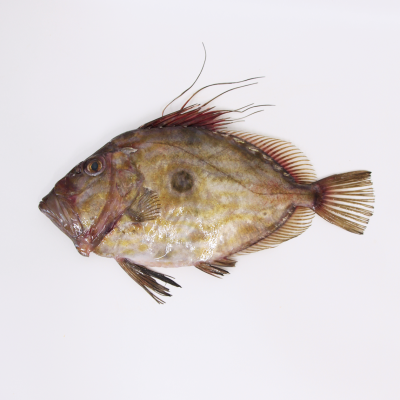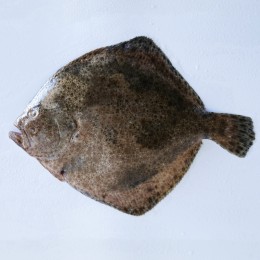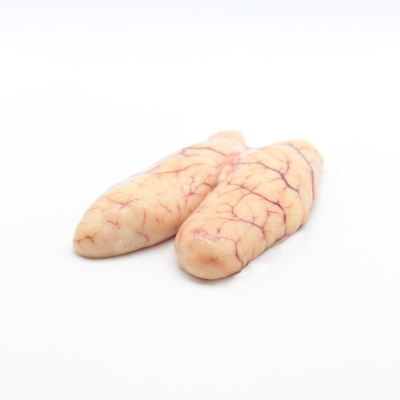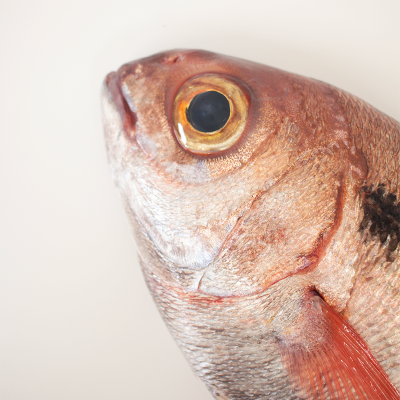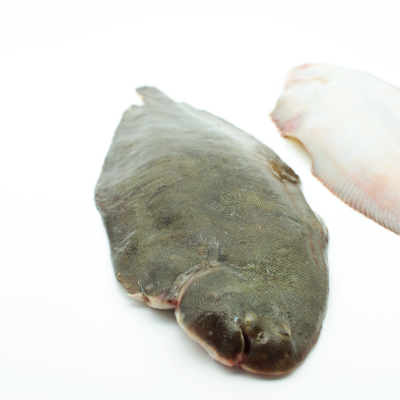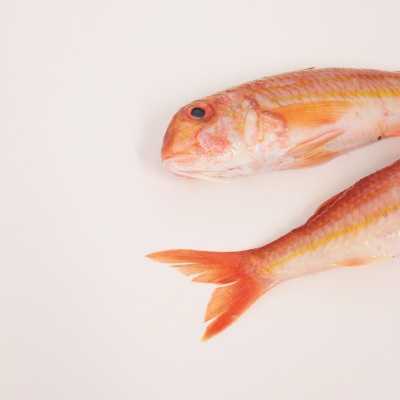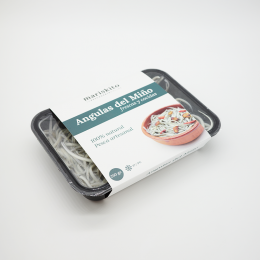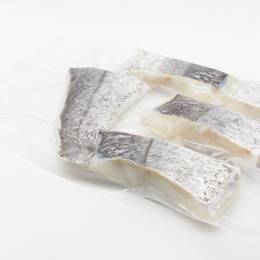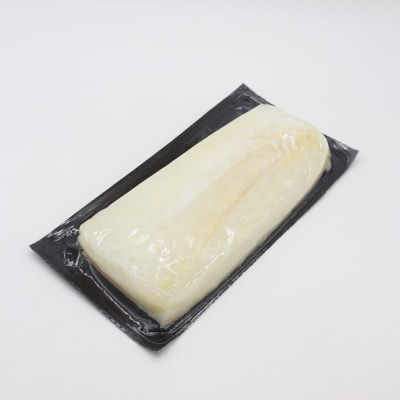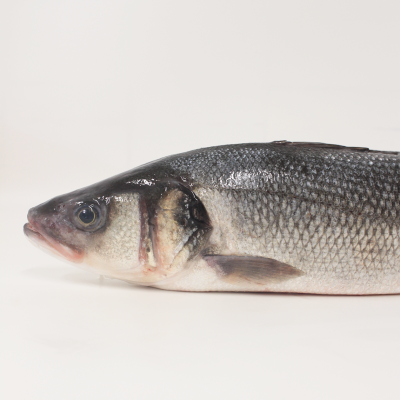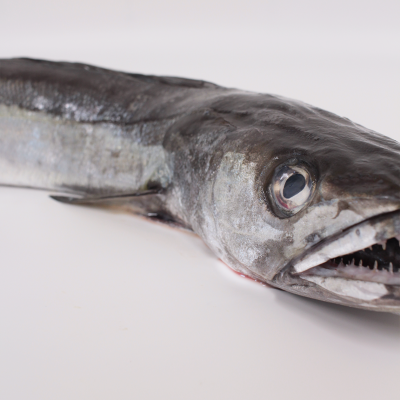

Sardines
10-14 pieces per kilo
The best sardines are caught off the Galician coast. One of the most traditional foods enjoyed on the magical Noche de San Juan. It’s fished mainly during the summer months, when it has the greatest amount of fat, making it exquisite when grilled.
A unique, oily fish, it feeds on plankton from a variety of locations, including the Cantabrian Sea. It’s also incredibly popular at food festivals. The best time to enjoy them is in the summer, starting in May, although they can be found in markets throughout most of the year.
It’s the perfect fish for a wide variety of culinary preparations, depending on its size. Please let us know how you’d like it delivered: whole or clean?







